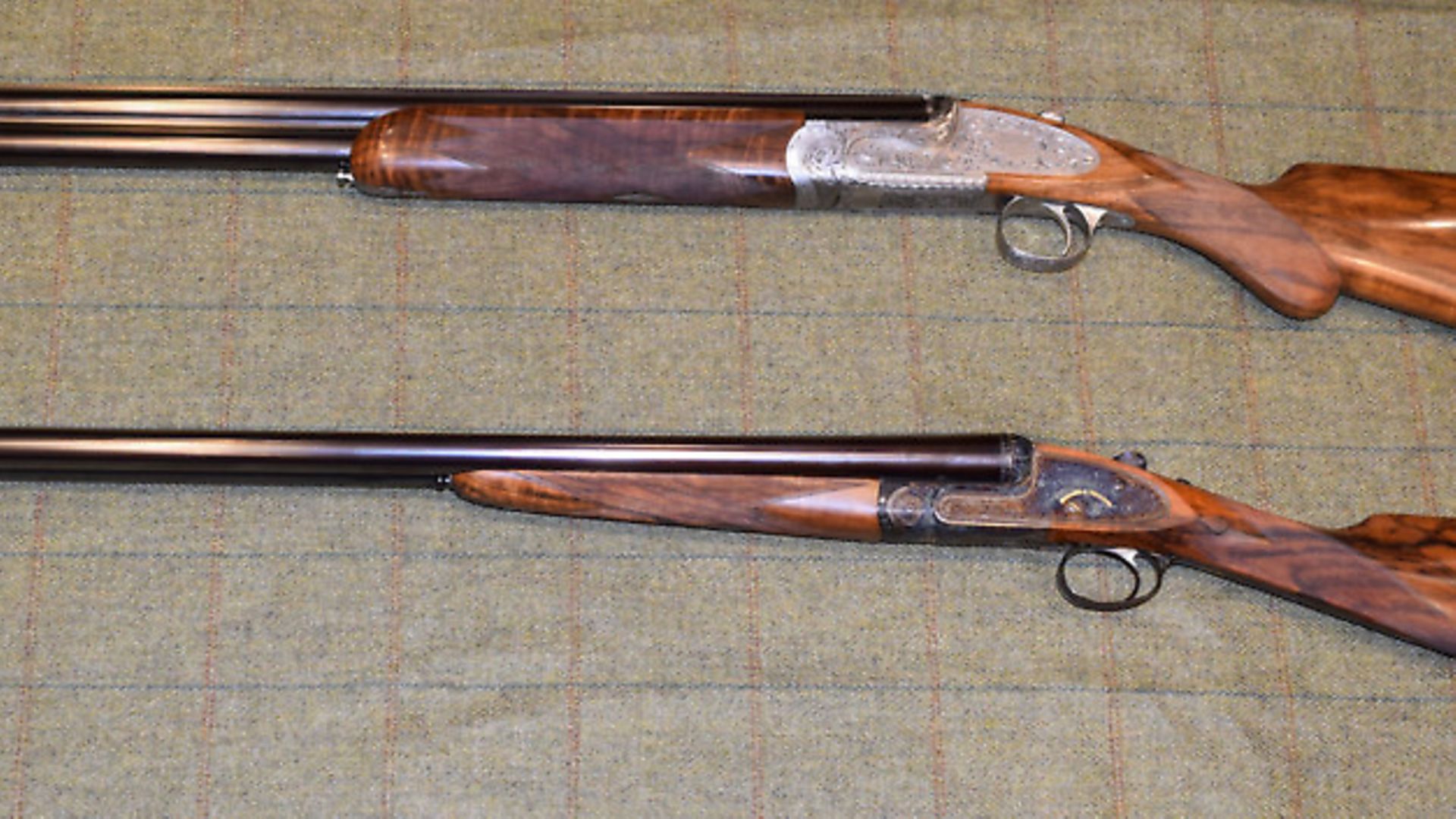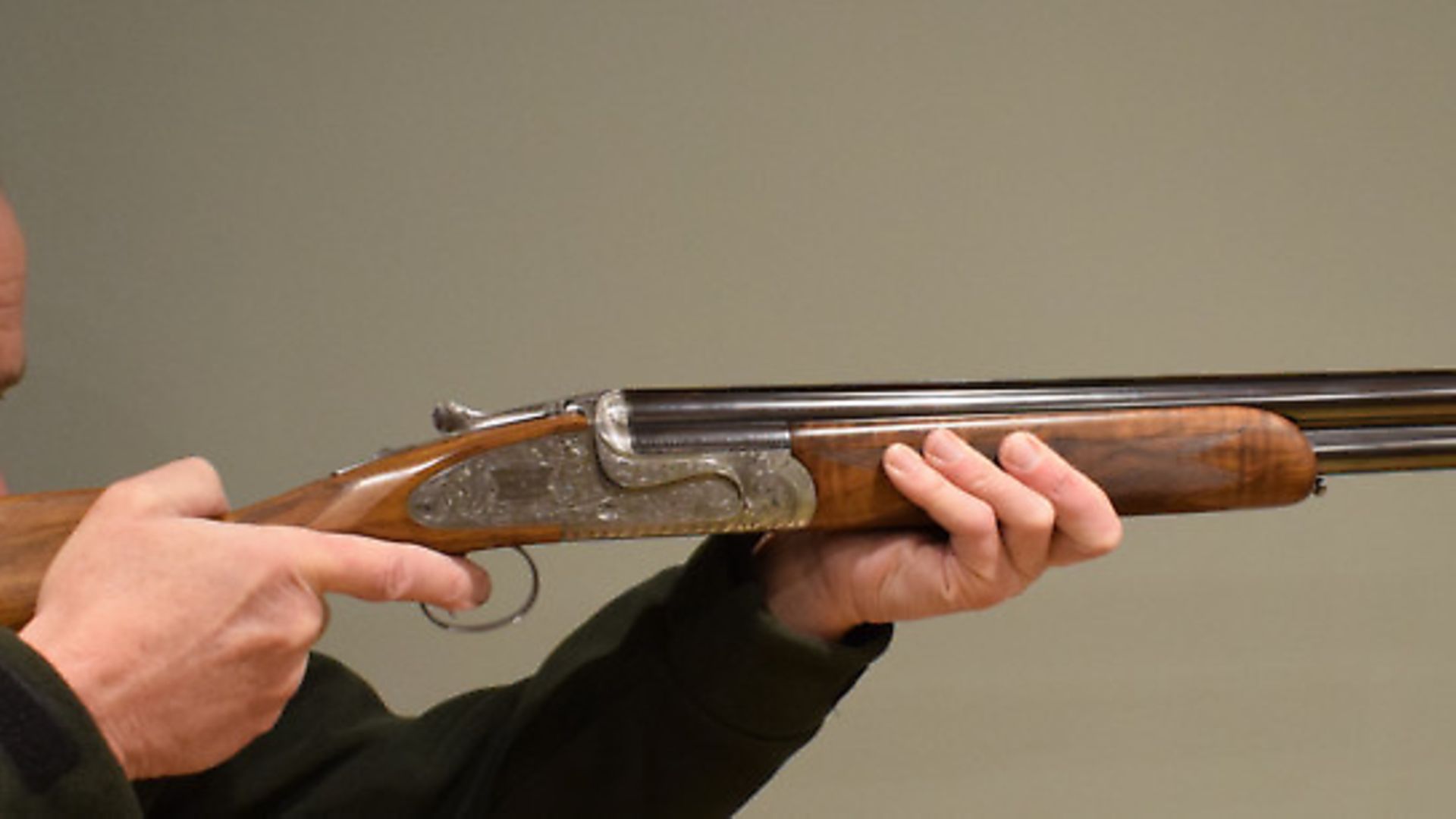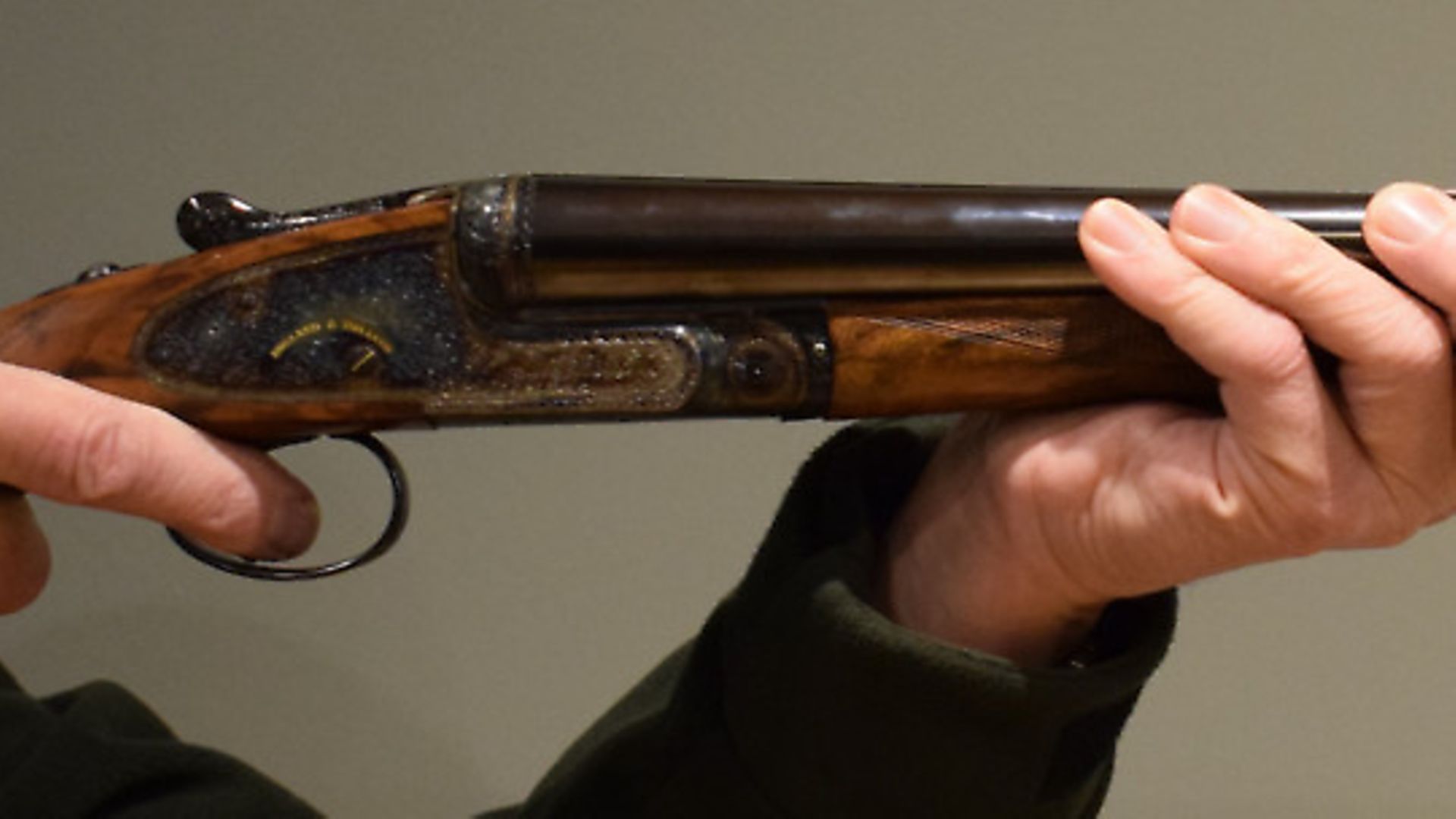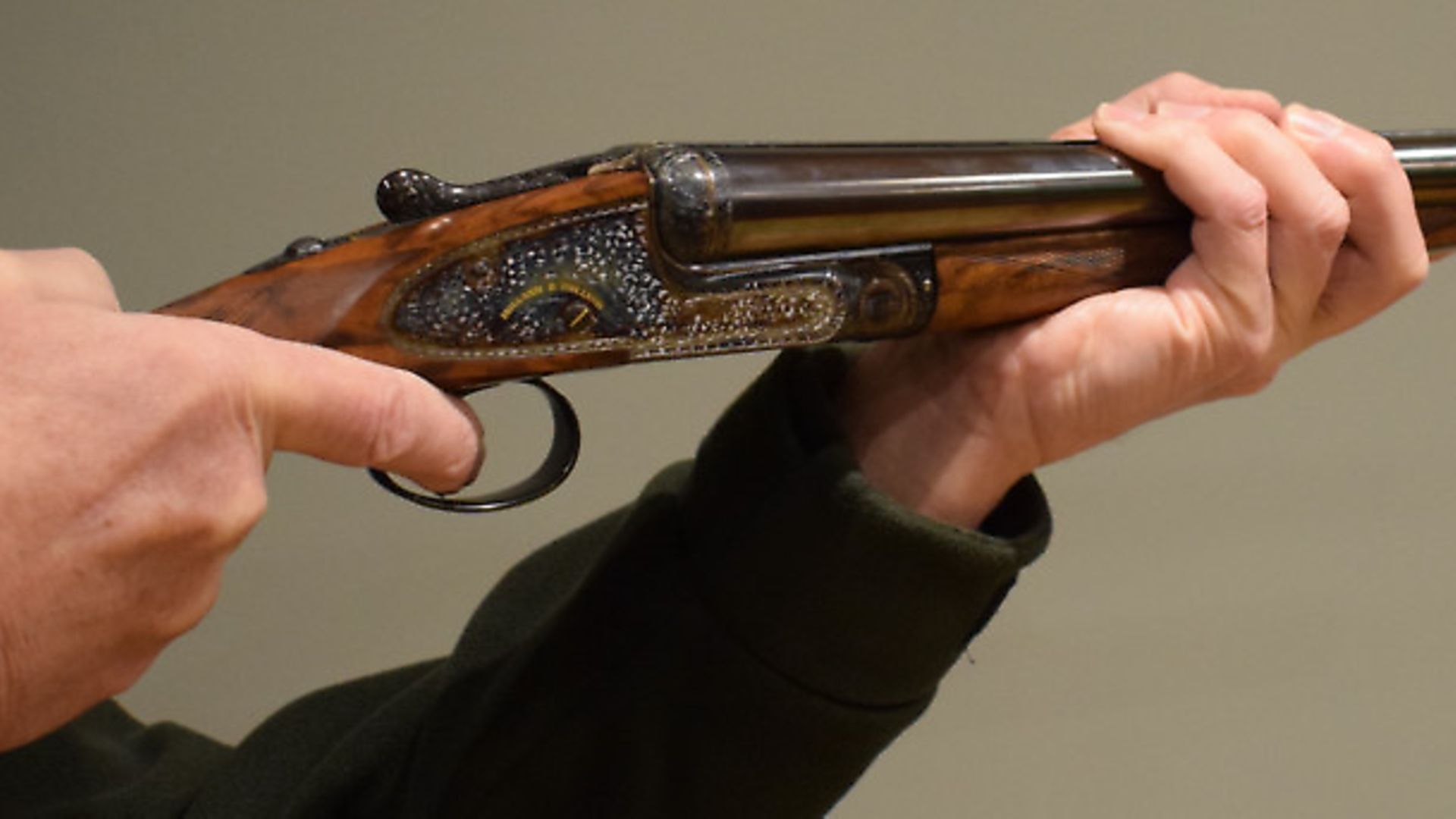Are you fan of the over-and-under shotgun? Or do you enjoy shooting a traditional side-by-side? Steve Rawsthorne guides us through the key differences to consider
 credit: Archant
credit: Archant
Now that the season is over, if you are considering switching from a side-by-side to an over-and-under (or even, lord forbid, vice-versa), this is a good time to do it. You will have time to get used to your new gun and, if necessary, have it fitted. Leave changing it until August or September and it will be too late – another season will have passed and all the gunsmiths will be madly busy with all the guns that should have been worked on this season.
I started shooting in 1968 when there were only side-by-sides around. I remember the first over-and-unders appearing in 1970: short-barrelled Skeet guns from the States. There was much muttering about “cad’s guns” and how they made shooting too easy.
The truth was that the first O/U shooters were clay shots, who practised far more often than the average game shooter. If you learn good technique and practise regularly, you will be better than someone who only shoots three or four times a year. Today, that snobbery has gone and you can shoot anywhere with an over-and-under.
I left my previous career 25 years ago and started training and working in shooting instruction. I was an occasional shooter with a side-by-side (although I spent two years as a full-time gamekeeper when I first left school, before returning to education).
All the other instructors said, “you’ll switch to an over-and-under,” to which I always replied, “I’m happy with my side-by-side”.
 credit: Archant
credit: Archant
A few months later, I secretly bought an O/U and only shot it when no one could see. When I was shooting competitively I had to ‘come out’ as, of course, everyone was shooting with an O/U.
Generally speaking, almost all shooters enjoy more success with an O/U than a side-by-side, and there are a range of technical reasons for this. Some shooters say the side-by-side is more elegant, but if you look at fine British examples of the two, they are both beautiful. A gun is a tool, whether bespoke or machine made – functionality has to come first, aesthetics second. Think how much a day’s shooting can cost. You want to make the most of it, right?
In the days of muzzle-loaders, the flame from the flint or percussion cap had to travel a short distance to the main powder charge in a side-by-side. In an O/U muzzle-loader, the bottom barrel was much harder to ignite because of this difference in distance. I had a Beretta O/U muzzle-loader some years ago and the bottom barrel was a problem to fire even with modern reliable percussion caps. When breech loaders arrived, the British gunmakers stuck with their side-by-sides as they could make them and their lockwork in an elegant functional form. Other parts of the world developed their O/Us.
 credit: Archant
credit: Archant
RECOIL
The O/U delivers its recoil in a straighter line, lower into the shooter’s shoulder, resulting in less muzzle-flip between shots and less perceived recoil. Its heavier weight also helps to control recoil more effectively.
By virtue of its design, the side-by-side is lighter and the recoil hits the shoulder in a higher plane, so that the muzzles flip much more between shots, causing you to lose the line more. Many shooters are recoil-sensitive, consciously or otherwise, and lift their head to avoid it or never put their head and the stock together in the first place – you will often see shooters with a nice lump on their jaw after a day’s shooting.
 credit: Archant
credit: Archant
GRIP
Most side-by-sides have a straight-hand stock, which forces the shooter to cock the rear hand at an unnatural angle. Couple this with double triggers, so that the hand or fingers have to move between shots, and you have more to go wrong.
An O/U with its pistol grip puts the rear hand at a much more natural, vertical angle and is more comfortable to shoot. A single selective trigger makes things easier and also allows the gun to be more versatile. On walked-up birds, you could fire your open barrel first and your tighter choke second as the bird departs, whereas on driven birds, taking the first out in front, further away, you would fire your choked barrel first and the open barrels second as the target is closer.
The splinter fore-end on a side-by-side is not there for you to hold, it is merely designed to hold the fore-end irons in place to permit reloading and recocking the gun. You hold the barrels with your front hand on a side-by-side.
Many shooters then bring their fingers or thumb over the barrel and rib, so that they cannot see along the rib, unless they lift their head, which causes the gun to shoot high. Couple this with the head lifting above and you have real problems. With an over-and-under, you have a nice big fore-end to hold, giving you an unobstructed view along the rib and more control.
RIB AND SIGHTING PLANE
If I asked you to point at an object, you would naturally point with just one finger. The single sighting plane of the O/U leads the eye much more naturally to the target and on a straight driven bird obscures less of the view than a side-by-side. I suggest this leading the eye towards the target is the single greatest benefit of the over-and-under.
While the over-and-under is technically superior to the side-by-side, there is still a place for the S/S in the shooting field. Some shooters prefer the lighter weight and on a small walked-up day, this could be a benefit, especially to the older Gun. I can tell you that all of our instructors here at Holland and Holland started shooting with side-by-sides and we all, without exception, now use and choose O/Us to shoot with for clays, game and all forms of rough-shooting.
There are some continental side-by-side guns with large pistol-grip stocks, beaver tail fore-ends and single triggers as well as a high file cut rib, but these are not traditional side-by-sides – they are basically an over-and-under with the barrels the wrong way round.
You must make your own choice as to what to shoot. I am not saying don’t shoot with a side-by-side, but be aware of its limitations, particularly for very high pheasants with heavy loads – you will suffer a lot of recoil. Regardless of which type of gun you choose, the most important thing is to enjoy your shooting.